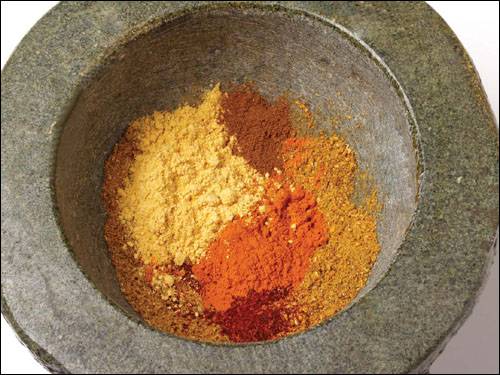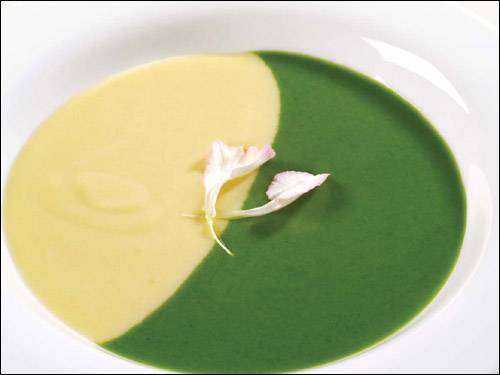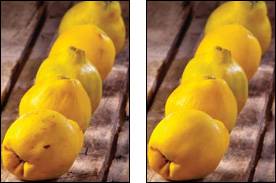Chapter 8. The Digital Spice: Retouching
| Almost every image that is used for reproduction requires some correction, enhancement, and digital processing. The goal is to make the food look great in the photo. That's what makes everyone happy. Note In the old days, we sent prints and transparencies to professional retouchers, who used chemicals, bleach, paint, and airbrushes to correct and improve the photographs. Now, all of this is done on a computer. There is a real art to retouching food photographs. The key to good digital retouching is training your eye so that you know what (and what not) to retouch. When you first look at the image, ask yourself the following:
Your first instincts are usually the best. Note Some chefs and food stylists have their own trademark styles, so it's important that you don't retouch out an essential part of the dishlike sprinkles of pepper or herbs on the edge of the plate that have been placed there on purpose. In evaluating an image, you also want to consider factors such as the following:
In every retouching session, the process is to evaluate the image on a macro level to determine the major issues and resolve the big problems first. Then, we go deeper into the image and make fine adjustments to achieve the desired final look. Tip Sometimes, after you've retouched part of an image, you may decide you liked it better the way it was before. Make sure you always save the original file so you have access to the "before" and the "after" versions of the photo. In Photoshop, never work on the background layer. Make a layer copy and work on that. That way you can return to all or part of the original and it is intact, in register, and easy to restore. In addition to addressing image problems, digital retouching also corrects or adjusts for technical issues. Digital camera sensors and firmware (software) vary from one manufacturer to another and have different biases and defaults. Pictures taken on different cameras can also vary in file size and resolution, and you may need to adjust for these factors depending on how the final image will be used. Note With digital cameras, dust can enter the CCD when you change a lens. This dust may then be visible on the image file, requiring retouching to remove it. To combat this problem, all Olympus cameras with interchangeable lenses have an exclusive dust reduction system built-in. This self-cleaning mechanism uses high-speed ultrasonic vibration to make the dust fall away from the sensor and not appear in the photograph. This has saved me hours of retouching time. |



